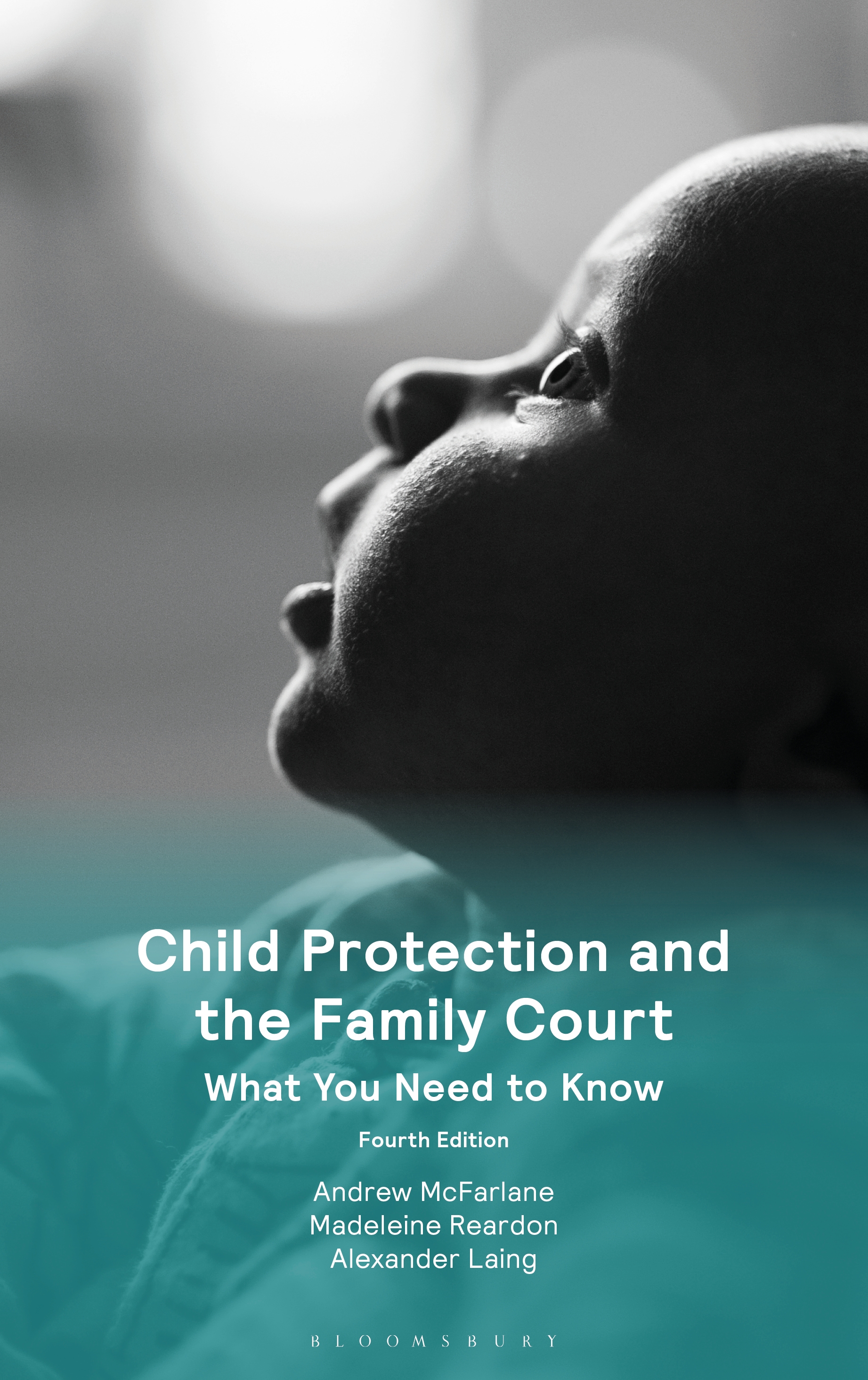Q & A with Alexander Laing
Alexander Laing is the co-author of Child Protection and the Family Court: What You Need to Know.
This is available as part of a subscription to our Family Law Online Service.
What has been the biggest change since the third edition published in 2019?
It is an opportune moment for the publication of the fourth edition of Child Protection and the Family Court: What You Need to Know given the major changes that have taken place in child protection since 2019.
So much has happened. From Covid-19 exposing systematic vulnerabilities in child protection, accelerating the need for multi-agency working; to Josh MacAlister’s Independent Review of Children’s Social Care (2022) calling for radical reform to the system, pushing for early intervention, family-led decision-making and multi-agency safeguarding partnerships; to the Online Safety Act 2023 providing a new framework to regulate internet services.
At the same time, the family justice system has embraced transparency and there has been a rapid increase in the attendance of media at court hearings, topics covered in the fourth edition.
How do you see the law of child protection developing over the next few years?
Resource pressures will continue. Perhaps a more rapid change, however, will be the rise in AI-generated child sexual abuse. In the first six months of 2025, the UK-based internet safety watchdog, the Internet Watch Foundation, verified 1,286 AI-made videos with child sexual abuse material that broke the law, compared with two in the same period last year. The government is responding by making it illegal to possess, create or distribute AI tools designed to create abuse content: people found to have breached the new law will face up to five years in jail. That forms part of a general pattern of increased risk to children presented by the use of new technology, which child protection professionals will have to be alert too.
What is a common misconception you encounter from non-legal professionals involved in child protection?
As Dr Fiona Straw says in her review, 'The family justice system can seem like a frightening and mysterious world to those of us who only intermittently come into contact with the legal profession’. That is all too true.
A common misconception assumed by non-legal professionals is that if a child is in a potentially harmful environment, legal authorities can and should immediately remove the child. Whilst the child’s welfare is always paramount, there are strict legal thresholds and procedural rules that courts must follow before removing a child from parental care. That misconception can create frustration or tension between legal and non-legal professionals: ultimately, child protection requires a collaborative approach, where each professional respects the boundaries and expertise of the other.
What is the most challenging aspect of your role?
The most challenging aspect of a child protection barrister’s role is navigating the tension between legal objectivity and emotional intensity, especially when participating in high-stakes cases involving vulnerable children and their families.

